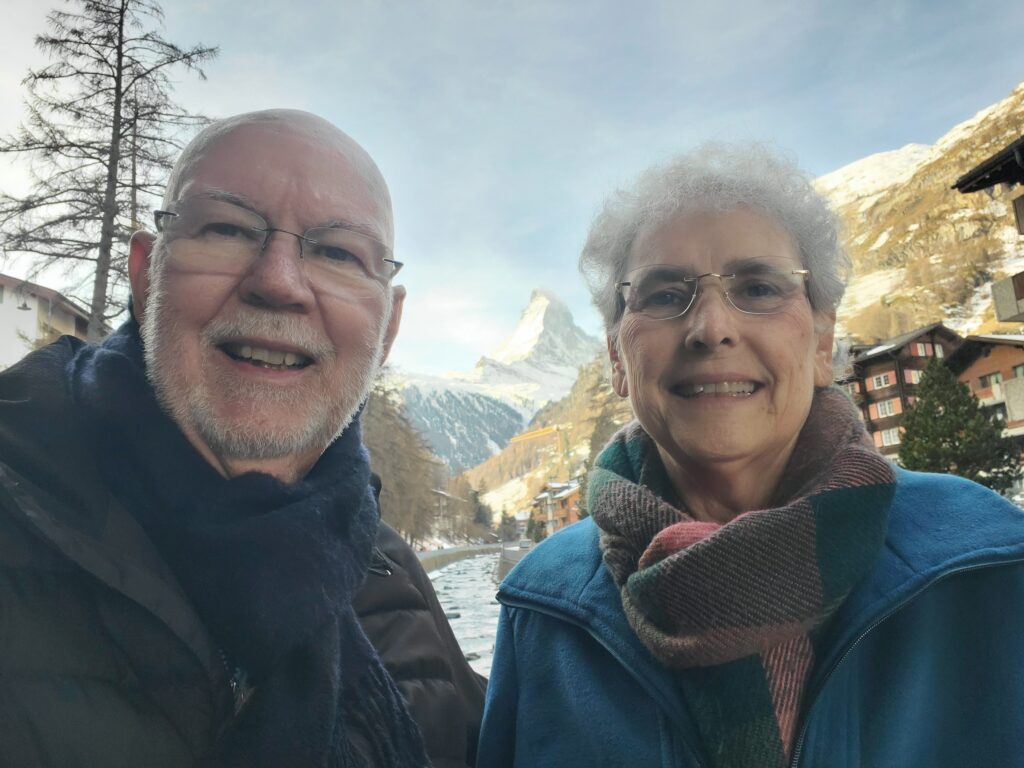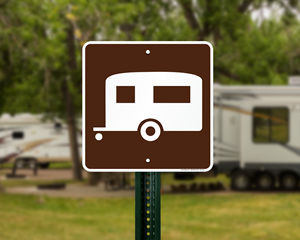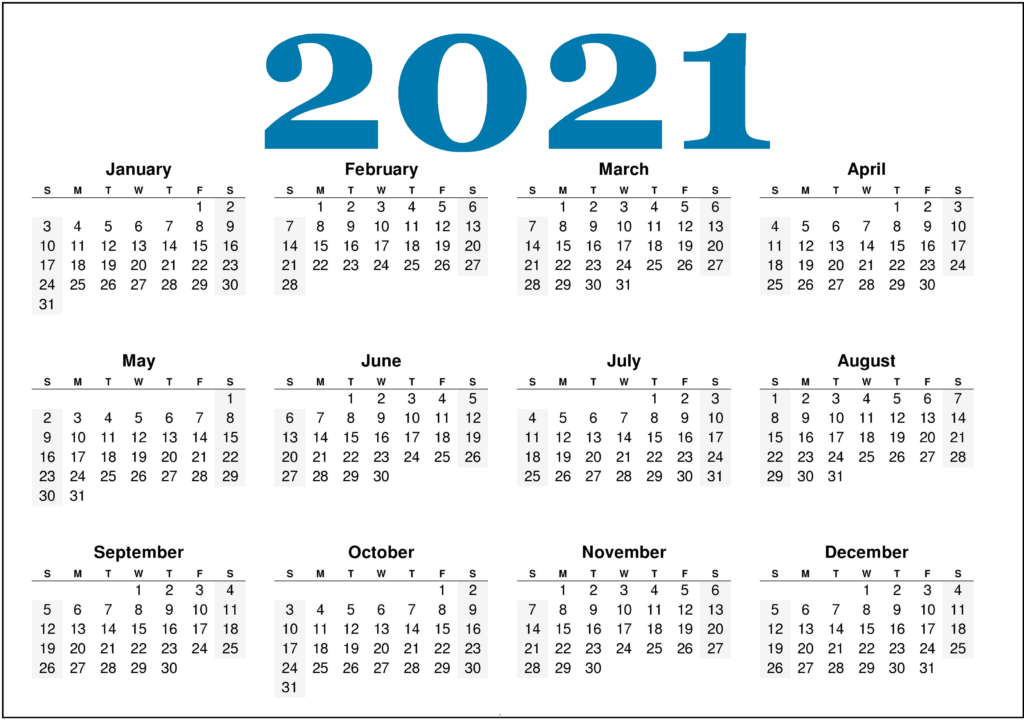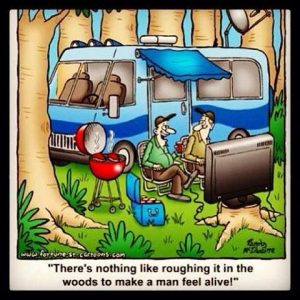
In early 2019, after 6 years in a 2007 34′ 5th wheel we moved to a 2005 39′ Diesel Pusher. Since the two rigs are from the same general time frame I think they make for good comparisons. However, please understand that some observations are specific to these rigs – because of that our experience might be different than that of others. Both rigs were gently used by their previous owners. The motorhome only had 34,000 miles on it and the 5th wheel had been garaged and well cared for. The 5th wheel was a Hitchhiker II LS – a mid-level unit from a first class manufacturer. The motorhome is a Safari Cheetah, basically an industrial twin to a Monaco Knight – another mid-level unit. The 5th wheel was pulled by a 2008 Ford F350 with a 6.4 engine. As you read, remember that I am comparing our experience in these two specific rigs. Here are some observations on the two rigs.
Liveability: 5th Wheel
The 5th wheel has more storage and a better living layout. We did move the motorhome TV from over the driver’s area to over a couch on the side. It helped a lot. There is more inside cabinet storage inside the 5th wheel. Things like heating and cooling are pretty much the same with either one.
On the road: tie
The motorhome is more comfortable and the big window up front offers the best view. When towing the car the motorhome can’t be backed up. Generally, this isn’t a problem, but if you make the wrong turn somewhere the car has to be disconnected, the motorhome moved, and then the car reconnected. Not a huge deal, but a negative when it happens. Some people said that the ride would be much smoother, but we haven’t found that to be true with this motorhome, even with new shocks. Getting fuel was better with the pickup simply because it could be filled up when not towing the camper.
Landing in a campground: tie
The motorhome is easy to park. The backup camera makes backing into a site a snap. Also, since the motorhome doesn’t bend in the middle it is easier to situate. However, in an unlevel site the 5th wheel wins. It doesn’t care how high you have to crank the landing gear. With the motorhome, you can easily end up with the front wheels off the ground. Some people say that doesn’t matter, but in the manual that came with our rig it clearly says not to do that. Most of the time sites are “level enough” but the longer the motorhome the bigger the problem with a sloping campsite.
Local Transportation: Motorhome
With the 5th wheel, the daily driver is a big pickup – poor mileage and challenging to park in tighter spaces. We now pull a small car with the motorhome. A much better daily driver. Not only that, it can be a real plus to scout a campground in the smaller car before driving the rig to the campsite – especially in pick-your-own-site situations.
Maintenance – Repairs (engine/chassis side): 5th Wheel
If the pickup needed work, we could take it to most any shop that worked on diesel pickups while the 5th wheel remained parked in a campground. When the motorhome needs work, we have to find a shop that works on big trucks that will also work on a motorhome. You see, some truck and trailer shops will work on motorhomes, some won’t. Then, while the work is being done the house is in the shop too. If that work includes an overnight stay arraignments have to be made for accommodations (although it should be noted that depending on the type of work, many shops will let you stay in the motorhome overnight in their parking lot). In addition: work on the motorhome is almost always more costly than on the pickup.
Maintenance – Repairs (camper side): tie
Getting camper stuff worked on (or doing it yourself) is about the same on either one. Refrigerators, water heaters, awnings, etc. are pretty much the same. It is much easier to get work done by mobile techs on the camper side of the motorhome than on the engine side.
Cost of routine operation: motorhome
The motorhome gets about the same mileage as did the pickup when towing the camper. However, once in the campground, we drive a small car that gets much better mileage. Oil changes, etc. cost a lot more on the motorhome, but only have to be done yearly, making the annual cost about the same. Also, remember, the motorhome is only run when actually changing campsites, keeping mileage low compared to the pickup which is also a daily driver.
Storage accessibility: 5th wheel
The 5th wheel bay is easier to use. All the bays of the motorhome are under the 4 slide outs. Depending on how my back feels I sometimes wear knee pads and have to get down on my knees to reach into the bays. It is harder to get things in and out of the motorhome bays.
Propane: tie
The 5th wheel had two big removable propane tanks. A bit heavy, but taking them out and getting them filled was a reasonable amount of effort. On the motorhome the tank is built in. You either have to take the rig to a station and have it filled or you have to see if anyone is delivering (not all that uncommon in larger parks with long term residents).
Dry camping: motorhome
This is only about our specific rigs but I have the idea is it more common than not. The motorhome has a big diesel generator, an inverter, and 4 6-volt house batteries. It has larger holding tanks too. There are ways to do all the above with a 5th wheel, but the motorhome is pretty much ready to go without any special add-ons (neither has solar of any kind). Also during the big Texas freeze of 2020 our generator was worth it’s weight in gold, keeping the motorhome and us from freezing when much of the state lost power for a couple of days.
In-motion convenience: motorhome (but not as much as you might think)
Prior to getting the motorhome we were told how great it would be for the passenger to be able to get up and move around while in motion. We haven’t found that to be the case. It is downright dangerous for anyone to be up and moving around while on the road. Sometimes we take advantage of a stoplight or a nice straight stretch of open interstate to get up and do something, but most of the time the passenger needs to stay strapped in.
Getting in and out: 5th wheel (but not as much as you might think)
There are more steps getting into the motorhome and they have to be navigated every time you go in or out whether on the road and traveling or stationary in the campground. On the other hand getting in and out of the pickup is just a bit harder than getting in and out of a car. Then, in the campground, there are fewer steps coming and going from the 5th wheel. However, this advantage is somewhat diminished by the additional steps going up to the bedroom and bathroom. I’m giving the 5th wheel the win here, but not by much.
Cost: 5th Wheel
Bear in mind that I’m talking about used rigs here. The cost of a big late model diesel pickup plus good 5th wheel is at least in the same neighborhood as a used low mileage diesel pusher motorhome of similar vintage. However, you have to then add in the cost of a small towed vehicle. Then, chassis-engine repairs will cost more on the motorhome. The results are mixed – but I give a slight plus to the 5th wheel. Frankly, the startup on our motorhome has been very expensive for us as we found issues that had to be fixed. I’m counting those costs in with the purchase price – hopefully, these expenses will come to an end very soon.
Prestige: Motorhome
If you like compliments on your rig (and who doesn’t) the motorhome is, in general, the winner. I say that carefully because we’ve seen some absolutely beautiful 5th wheel/pickup combinations. Still, it seems to me that a class A, diesel pusher, is most often the more impressive rig.
Trade in value: 5th Wheel
Note: this is written after the sale of our motorhome. We felt we didn’t get good prices when we sold both the 5th wheel and the motorhome. However, the motorhome sale was the worst. We had several unexpected expenses the first year we owned it, then there were other fixes along the way. We also spent money on upgrades. However, that was all out the window when we sold it. Not only that, but we had some unexpected issues when it was inspected that cut into money from the sale. It is also fair to note that we sold during a time of very high diesel fuel costs; that certainly didn’t help any. In other words, we didn’t think we got enough money for either the 5th wheel or the motorhome, but we did worse on the motorhome. The 5th wheel wins this one by default. It goes without saying that RVs don’t make good investments, something we proved with both of our fulltiming rigs.
So the results are mixed
As you can see, there are pluses and minuses to both. At times we have missed our 5th wheel. I think the thing we like best about the motorhome is the small car we tow – making it a pleasure to go sightseeing or just to run to the store. The thing we like least is how much more difficult it is to get work done on the chassis side of it. It is a much more difficult thing to find a shop to work on it and then to take it there as opposed to taking the pickup into the Ford dealer. Once again I’ll mention that I’m just comparing the two rigs we’ve fulltimed in. There are other approaches (towing with a medium or heavy duty truck – think 18 wheeler – comes to mind) that change the dynamics quite a bit.
So there is no “good or bad” choice here
There are lots of people who passionately say one or the other is the best. If you are trying to decide on one or the other you aren’t looking at a “good or bad” choice, but just the one that suits you best.
Note: this article is a work in progress. I’ll likely be back to add/edit items as things become apparent to me.


 Here are seven reasons we mark a campground or RV Park off our list as a potential camping location. These are listed in decreasing order of importance to us:
Here are seven reasons we mark a campground or RV Park off our list as a potential camping location. These are listed in decreasing order of importance to us:

 As we’ve enjoyed the fulltime lifestyle we’ve met some interesting people. Many fulltimers tell me they have a blog, and if they do, I bookmark their site intending to keep up with them. To be honest, I tend to forget those bookmarked sites and seldom look at them.
As we’ve enjoyed the fulltime lifestyle we’ve met some interesting people. Many fulltimers tell me they have a blog, and if they do, I bookmark their site intending to keep up with them. To be honest, I tend to forget those bookmarked sites and seldom look at them.
 A lot of people ask for advice on downsizing in preparation for fulltiming. Given that everyone’s specific circumstances are unique, there’s no one size fits all approach to this but I can tell you what we did.
A lot of people ask for advice on downsizing in preparation for fulltiming. Given that everyone’s specific circumstances are unique, there’s no one size fits all approach to this but I can tell you what we did. Many fulltimers are in it for the long run. We’re not just out seeing the country for a year or two before returning to “real life.” Rather, this is our preferred lifestyle and we intend to enjoy it as long as possible. We’re now well into our 4th year of fulltiming which is longer than many, but barely getting started when compared to some fulltime “pros.”
Many fulltimers are in it for the long run. We’re not just out seeing the country for a year or two before returning to “real life.” Rather, this is our preferred lifestyle and we intend to enjoy it as long as possible. We’re now well into our 4th year of fulltiming which is longer than many, but barely getting started when compared to some fulltime “pros.”